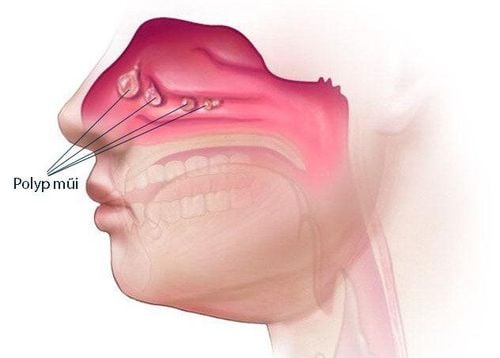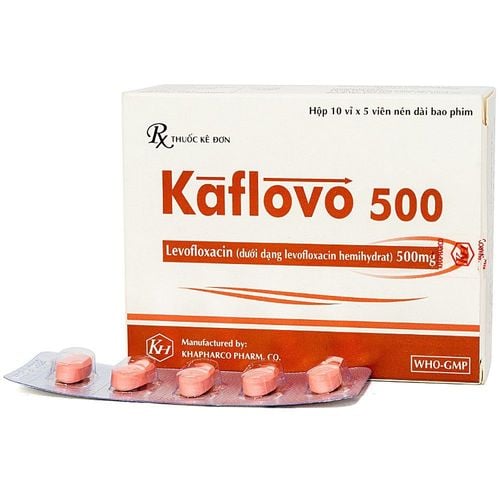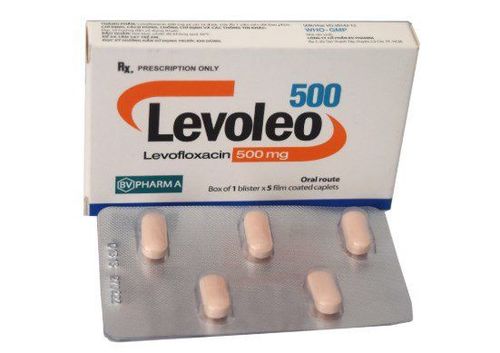This is an automatically translated article.
Nasal sifting is a sinus surgery to create a drainage path for all the sinuses to drain into the nasal cavity, to avoid fluid retention and to restore the clearance of the hair-mucin system, to return the lining of the sinuses to the state of the nasal cavity. normal state.1. Indications and contraindications for surgery
Sinusectomy is indicated when:Patients with chronic sinusitis: many degenerated polyps with pus in the middle slot or down the throat. Chronic multi-sinusitis unilaterally or bilaterally with repeated recurrences. Concurrent surgery with nasal polypectomy. Anterior surgery paves the way for frontal sinus surgery. Complications of posterior optic neuritis. Absolute contraindications: Severe, decompensated medical diseases such as kidney failure, blood diseases.
Relative contraindications: Acute sinusitis, sinusitis with inflammatory pulp. Papilloma in the nasal cavity.
Anatomical landmarks:
The ethmoid bulge is a raised circle, which corresponds to a protrusion emerging in the medial fissure. The nasopharynx is a second small mass anterior to the ethmoid cyst, corresponding to an anterior ethmoid fistula, which encloses the nasopharynx of the frontal sinus.

Nạo sàng xoang mũi được chỉ định khi phẫu thuật đồng thời với cắt polyp mũi
2. Preparing for surgery
Performers: Otolaryngologists from specialty I and above are trained in sinus surgery.Means: Short nose opener, long nose opener, elbow puller, spoon scraper before and after sieve, pliers luc.
Patient has otolaryngoscopy examination, complete tests:
Blood count. Basic coagulation. Liver and kidney function. Conduct computed tomography scan of the nose and sinuses in both coronal and axial positions (if conditions permit). Conduct preoperative examination: performed by anesthesiologist. Explain how surgical curettage through the nose, possible complications. Medical records: Complete medical records according to general regulations.
3. Steps to carry out surgery
Transnasal sieving surgery can be performed under local or general anaesthesia. Set vasoconstrictor.The patient lies on his back, with his head pillowed, his head higher than his chest. The main surgeon stands on the right side of the patient, the assistant stands on the opposite side and overhead.
1: Cut the polyp, cut the middle or break the middle (if necessary). To widen the middle slit.
Stage 2: Dissect the sieving block, see through the nose open to determine the ethmoid cyst in the middle, then scrape the sieve to break open the way to the sieving block, and at the same time use a nozzle to clean the stagnant mucus pus in place.
Stage 3:
Dredging the sieve block, using a curette spatula in combination with force pliers to expand and destroy the sinuses from front to back. When sieving, the spoon is always in the back position, the sharp side of the spoon is facing forward. Pull the spatula from back to front and top to bottom. Notes when scraping the sieve:
Do not go too high, which can damage the brain floor. Do not go too far out as it can damage the orbital paper bone. Do not go too inward, it will violate the ethmoid with perforations of blood vessels and the basal nerve of the skull. Then 4: Insert antibiotic ointment or merocel to stop bleeding

Phẫu thuật nạo sàng qua mũi có thể thực hiện dưới gây tê tại chỗ hoặc gây mê toàn thân
4. Monitoring and handling of accidents
After surgery, you need to:Carry out merocel withdrawal 24 hours or 48 hours after surgery. Observe, perform blood sucking, remove scales or pseudomembranous, make nasal sinus medicine daily. Clean and wash the nose - sinuses from the 3rd day after surgery. Possible complications:
Bleeding: wicking. Injury to tear duct Injury to cerebrospinal fluid, skull base Injury to the carotid artery located in the sphenoid sinus. Transnasal ethmoid curettage helps to open and cure the ethmoid sinus mass, remove all lesions but still preserve the medial volvulus. Relieves symptoms of sinusitis. Transnasal sieving surgery is a relatively difficult surgery, so it needs to be performed by experienced doctors with complete and modern equipment to bring the highest surgical efficiency.
Vinmec International General Hospital examines and treats common nasopharyngitis diseases, head and neck tumors, congenital malformations of the ear, nose and throat area with the most optimal internal and surgical methods for patients, both children and adults. Coming to Vinmec International General Hospital, patients will receive a direct, dedicated and professional examination from a team of qualified and experienced medical staff.
To register for examination and treatment at Vinmec International General Hospital, you can contact Vinmec Health System nationwide, or register online HERE













